
Mealybugs are common plant pests that can cause significant damage to both indoor and outdoor plants. These tiny insects feed on plant sap, weakening the plant and making it susceptible to other diseases. In this article, we will explore effective methods for controlling mealybugs to ensure your plants remain healthy and vibrant.
What Are Mealybugs?
Mealybugs are small, soft-bodied insects that belong to the family Pseudococcidae. They are characterized by their white, cotton-like appearance and tend to cluster in groups on plant stems, leaves, and roots. Mealybugs are notorious for their ability to reproduce rapidly, making it crucial to address infestations early.
Signs of Mealybug Infestation
Detecting mealybug infestations early is essential for effective control. Common signs include a white, powdery substance on the plant, yellowing and wilting leaves, and stunted growth. Additionally, the presence of honeydew, a sticky substance secreted by mealybugs, can lead to the growth of sooty mold, further damaging the plant.
Natural Mealybug Control Methods
For those seeking environmentally friendly solutions, several natural methods can effectively control mealybug populations:
- Manual Removal: Use a cotton swab dipped in rubbing alcohol to gently remove mealybugs from the plant. This method is best for small infestations.
- Neem Oil: Neem oil is a natural pesticide that can disrupt the life cycle of mealybugs. Mix neem oil with water and spray it onto affected plants.
- Beneficial Insects: Introduce natural predators such as ladybugs or lacewings to your garden. These insects feed on mealybugs and can help keep their population in check.
Chemical Control Options
In severe cases, chemical control may be necessary to manage mealybug infestations. Insecticidal soaps and horticultural oils are effective options that can be used safely on most plants. Always follow the manufacturer’s instructions and take care to apply these products in the early morning or late evening to avoid harming beneficial insects.
Preventing Future Infestations
Preventing mealybug infestations is key to maintaining healthy plants. Here are some preventive measures you can take:
- Regularly inspect plants for signs of pests and take immediate action if any are found.
- Maintain proper plant care by ensuring adequate watering, fertilization, and pruning.
- Quarantine new plants before introducing them to your garden or home to prevent the spread of pests.
Conclusion
Mealybugs can pose a significant threat to plant health, but with early detection and appropriate control methods, you can protect your plants from these persistent pests. Whether you choose natural or chemical solutions, consistency and vigilance are key to successful mealybug management.
Mealybugs are small, soft-bodied insects that feed on plant sap, causing damage to plants. Signs of mealybug infestation include a white, powdery substance, yellowing leaves, and stunted growth. Natural methods such as manual removal and neem oil can effectively control mealybug populations. Insecticidal soaps and horticultural oils are chemical options for severe mealybug infestations. Preventive measures, including regular inspections and proper plant care, can help avoid future infestations. 
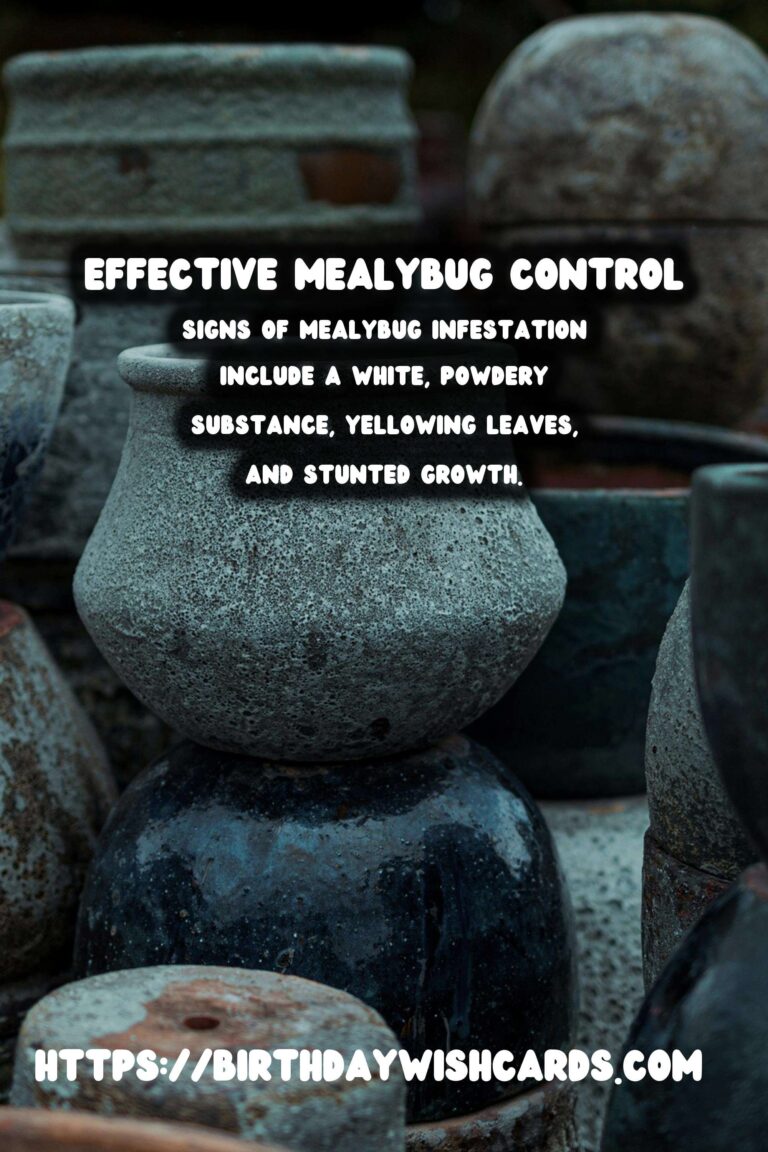
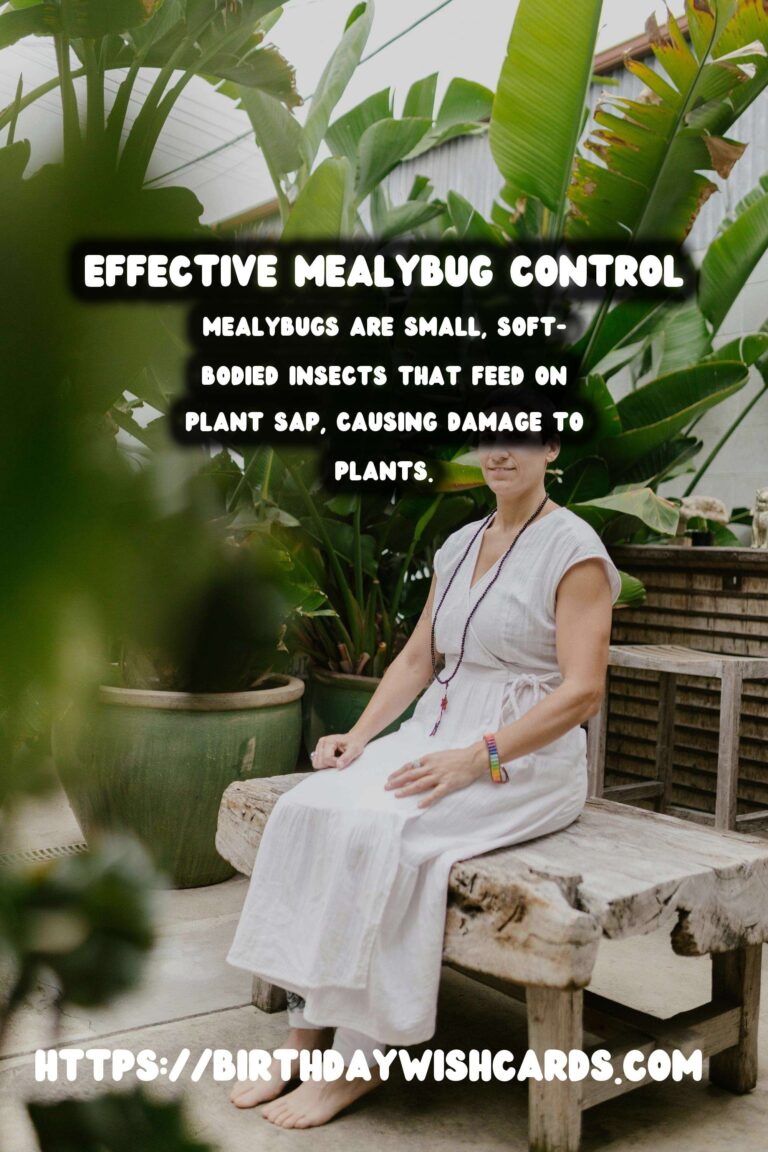
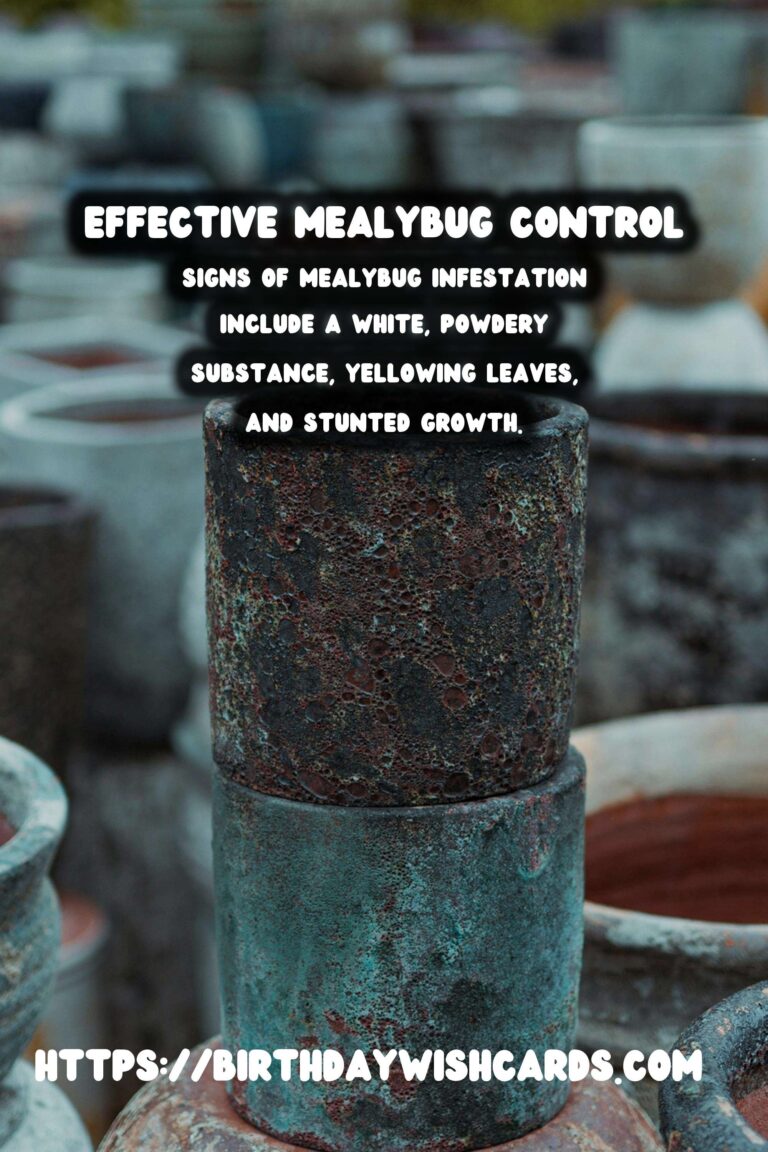
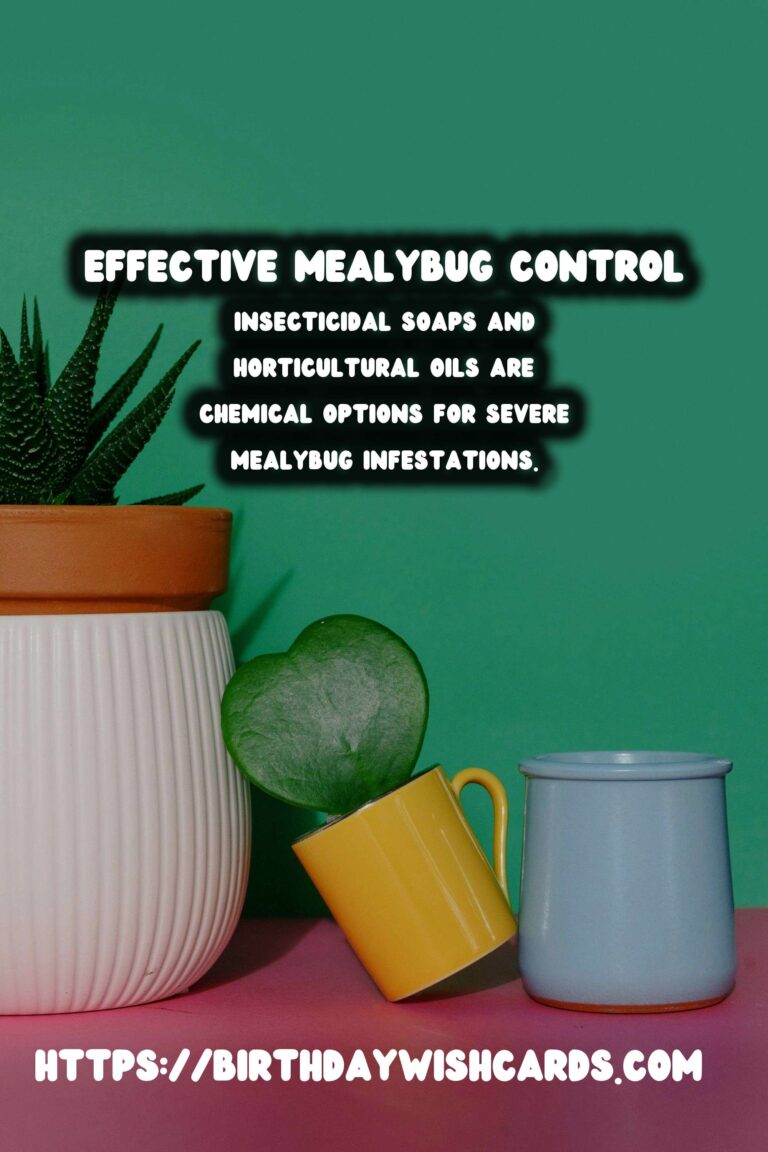
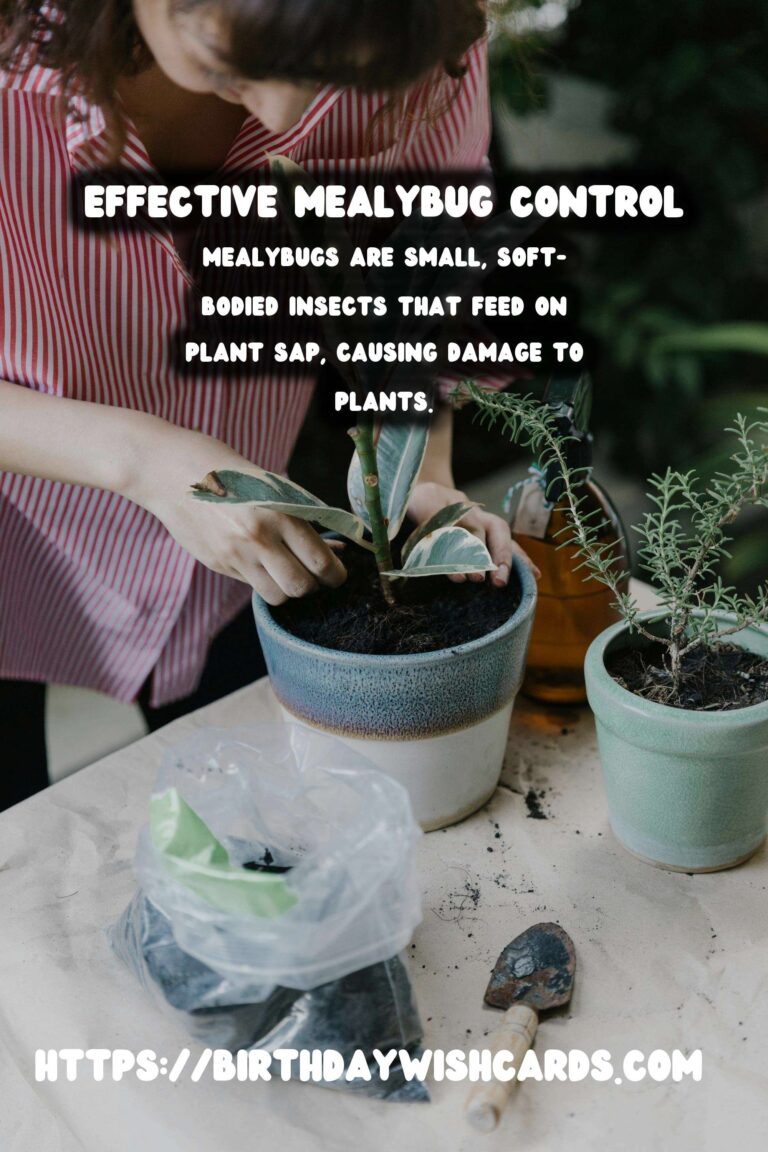
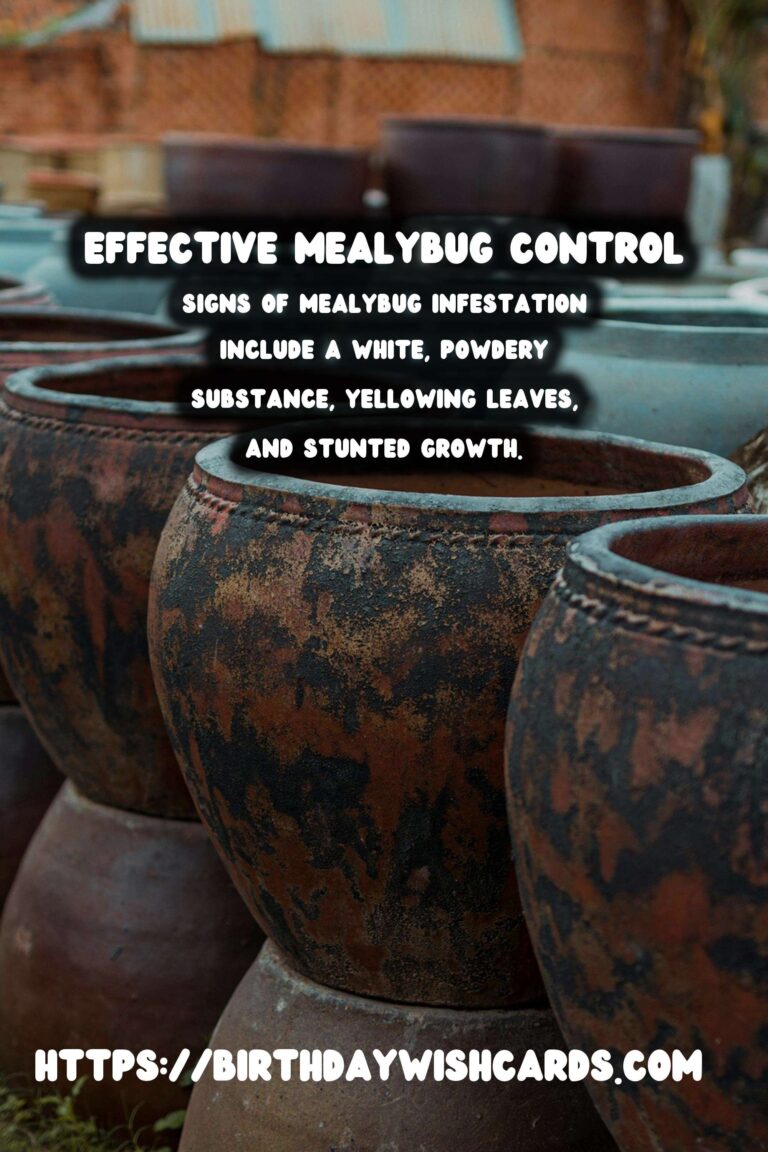
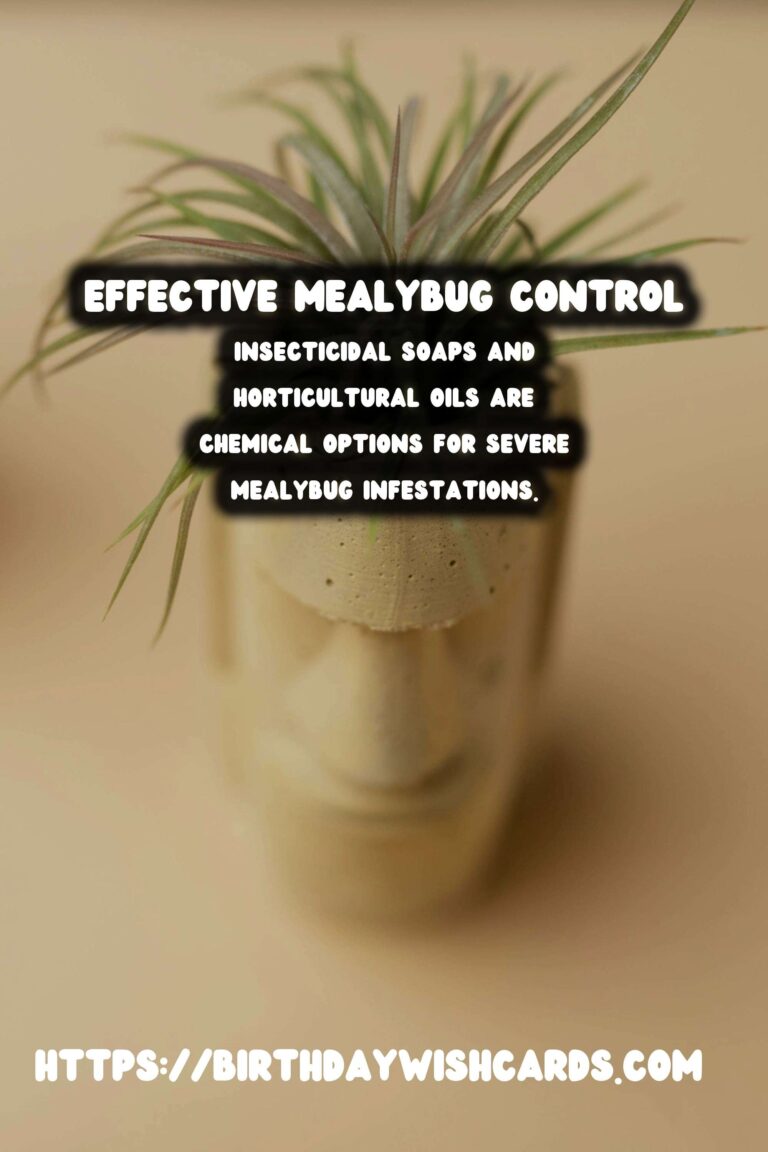
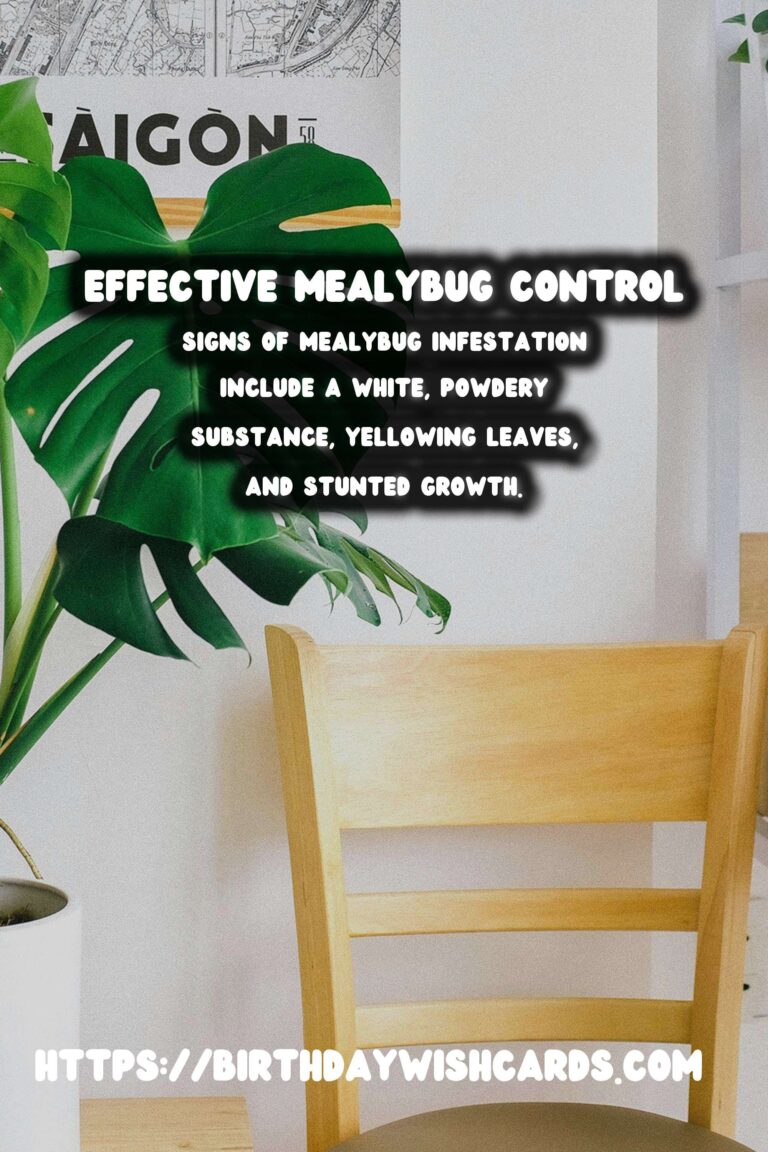
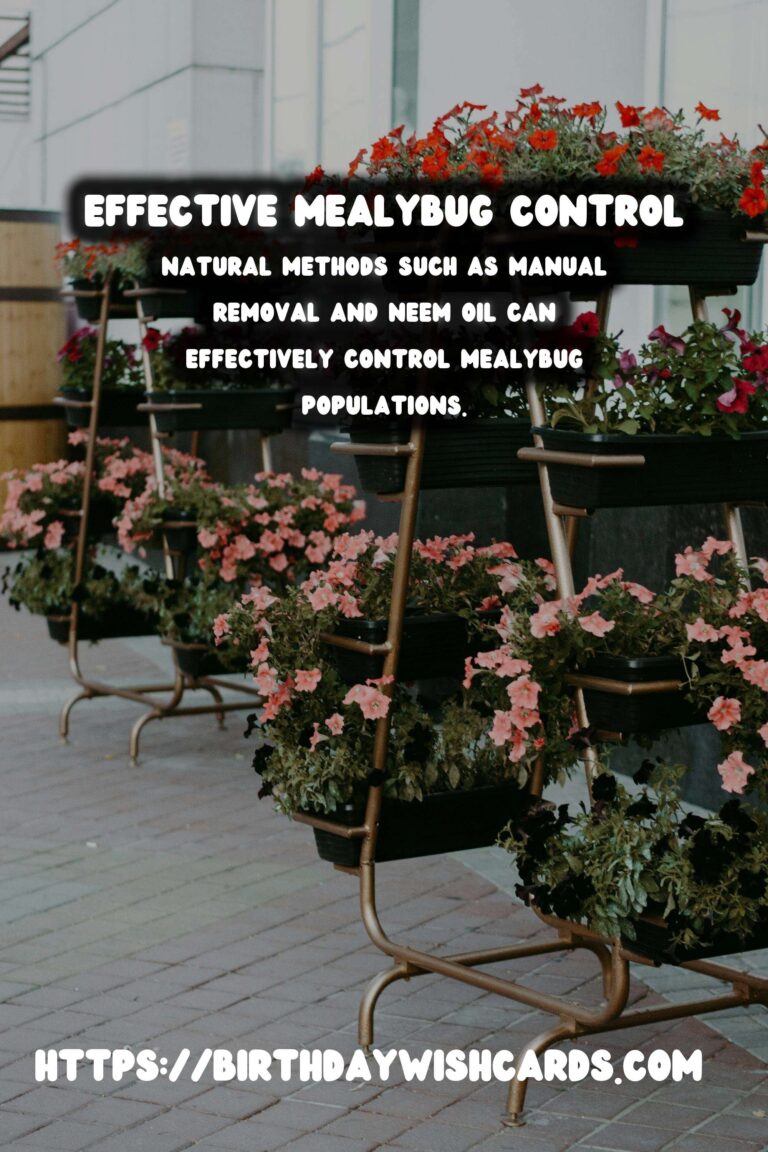
#MealybugControl #PlantCare #GardeningTips #PestManagement




